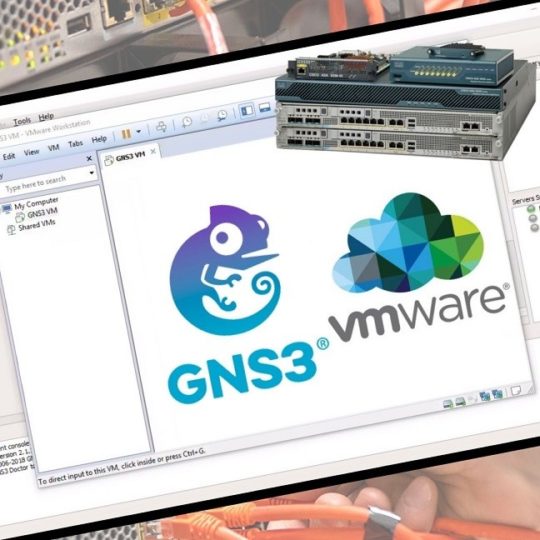
Note the IP address dedicated to the interface in the GUI. In most cases, it will be called vboxnet0 or similar. In File > Host Network Manager, set up a host-only network. To create a network connection between the GNS3 VM and the host OS a host-only network must be configured. Go to GNS3 Github and download the VirtualBox version of the GNS3 VM with the exact same version number as your GNS3 version.

The official GNS3 VM should be used to increase performance.
#VMWARE FOR GNS3 DOWNLOAD INSTALL#
If you do not install the virtualbox-sdk package you will not get the vboxapi.py script and GNS3s vboxwrapper.py needs this to connect the VMs. If you already have VirtualBox installed, you should be able to just reinstall it.

To avoid any problems with GNS3 not finding VirtualBox it is recommended to install VirtualBox AFTER you install GNS3. To use VirtualBox machines for your topology you need to install virtualbox and virtualbox-sdk. GNS3 supports QEMU, VirtualBox and VMware out of the box. When creating your topology (your virtual network), you most likely want to add machines to it. Install them and ensure the libvirtd daemon is running before using GNS3 with Cloud and NAT end devices.

To make libvirt work correctly, GNS3 needs dnsmasq and ubridge AUR. Libvirt can be used to create the end devices "Cloud" (providing a virtual wan interfaces, isolating the tested network to the other devices in the main network) and NAT. The dynamips AUR package are needed to simulate Cisco routers. The gns3-gui AUR and gns3-server AUR packages are needed to run the GNS3 GUI.


 0 kommentar(er)
0 kommentar(er)
